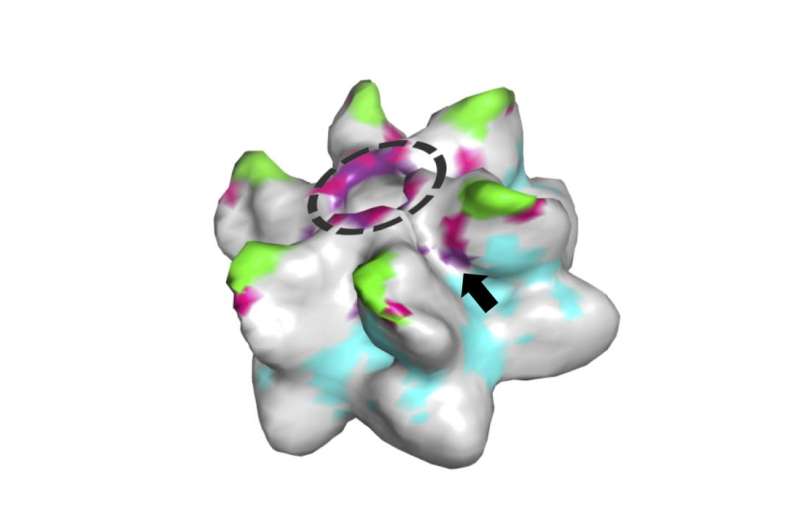How long have primates been infected with viruses related to HIV?

Disease-causing viruses engage their hosts in ongoing arms races: positive selection for antiviral genes increases host fitness and survival, and viruses in turn select for mutations that counteract the antiviral host factors. Studying such adaptive mutations can provide insights into the distant history of host-virus interactions. A study published on August 20th in PLOS Pathogens of antiviral gene sequences in African monkeys suggests that lentiviruses closely related to HIV have infected primates in Africa as far back as 16 million years.
Interested in the history of lentiviruses—the group of retroviruses to which HIV and its simian (monkey) relatives, the SIVs belong—Welkin Johnson, from Boston College, USA, and colleagues focused on an antiviral gene called TRIM5. TRIM5 is part of a group of antiviral genes called "restriction factors", which have evolved to protect host cells from infection by viruses. Its product, the TRIM5 protein, interacts directly with the outer shell of lentivirus particles after they enter the host cells and prevents the virus from multiplying there. (The human version of TRIM5 does not interfere with—and therefore not protect against—HIV, but many monkeys have TRIM5 variants that do render HIV harmless and are therefore immune to HIV/AIDS.)
Because of its unique specificity for retroviruses (whereas other restriction factors often have broader antiviral activity), the researchers hypothesized that the evolution of TRIM5 in African monkeys should reveal selection by lentiviruses closely related to modern SIVs. To derive an evolutionary tree of the TRIM5 gene, they analyzed and compared its complete protein-coding DNA sequences from 22 African primate species. They identified a cluster of adaptive changes unique to the TRIM5 proteins of a subset of African monkeys—the Cercopithecinae, which include macaques, mangabeys, and baboons—that suggests that ancestral lentiviruses closely related to modern SIVs began colonizing primates in Africa as far back as 11-16 million years ago.
The scientists also generated a panel of (reconstructed) ancestral and existing TRIM5 genes (19 total), expressed them in cultured cell lines, and exposed the cells to 16 different retroviruses (lentiviruses and others) to see which TRIM5 versions conferred resistance to which viruses. These experiments confirmed that the observed cluster of adaptations resulted in resistance specifically to cercopithecine lentiviruses, but had no effect on restriction of other retroviruses, including lentiviruses of other, non-cercopithecine primates.
The researchers conclude "The correlation between lineage specific adaptations and ability to restrict viruses endemic to the same hosts supports the hypothesis that lentiviruses closely related to modern SIVs were present in Africa and infecting the ancestors of cercopithecine primates as far back as 16 million years ago, and provides insight into the evolution of TRIM5 specificity."
More information: McCarthy KR, Kirmaier A, Autissier P, Johnson WE (1969) Evolutionary and Functional Analysis of Old World Primate TRIM5 Reveals the Ancient Emergence of Primate Lentiviruses and Convergent Evolution Targeting a Conserved Capsid Interface. PLoS Pathog 0(0): e1005085. DOI: 10.1371/journal.ppat.1005085















